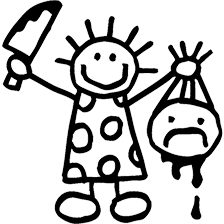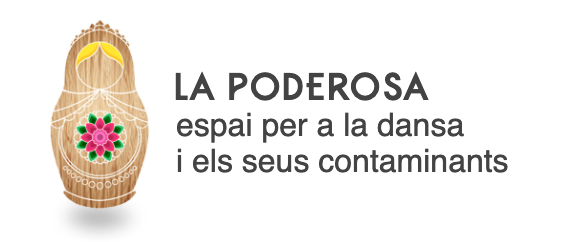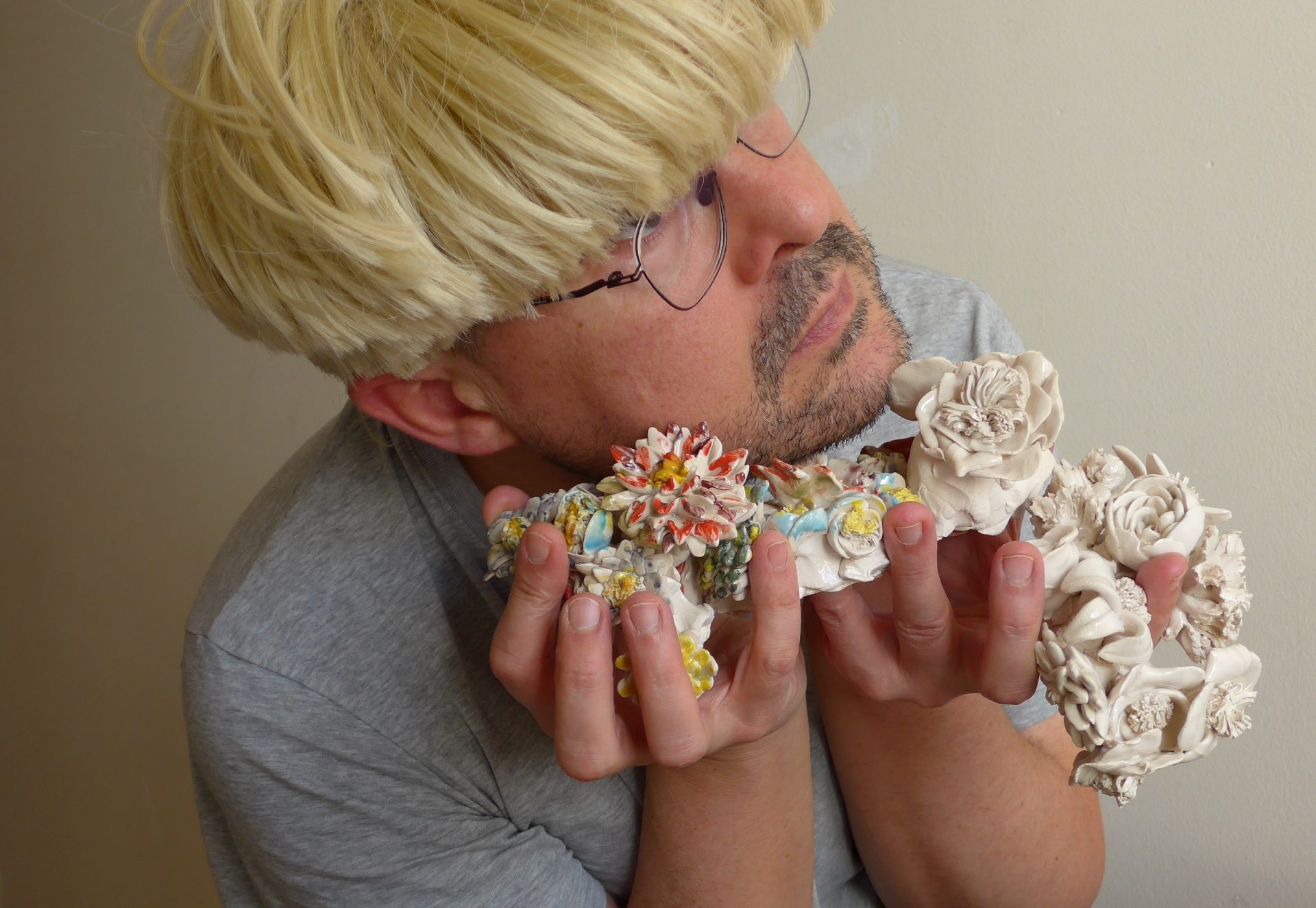An altar is a place.
An altar is a place to which one goes.
An altar is a place to which one goes to request, to submit, to contemplate, to adore, to invoke or simply to offer up one’s own body.
The altar is still and it’s the bodies that come.
An altar tells stories, announces events and invokes presences that show themselves to whoever comes in search of shelter, solace or knowledge.
This altar is dedicated to the Mother of God, that is, to the manifestation of knowledge capable of sheltering us all under her mantle. Here, we invoke the Goddess that is the source of everything and around whose presence the universe springs up like a garden of flowers.
When you place yourself before an altar, time stops. You set the length of time: you remain at the altar as long as you wish. You own your presence and your attention and do with them whatever you decide at any moment. Nothing is expected of you: all you have to do is hear the call and go, if you so wish. The Mother is there, does nothing else but simply be and love each and every one of her daughters, even when they don’t come in time or don’t manage to respond with their presence.
JAIME CONDE-SALAZAR S.U.S
A History of Art graduate (1997, Universidad Complutense de Madrid), in 2002 he obtained an MA in Performance Studies from New York University thanks to an MEC-Fulbright grant. Between 2003 and 2006 he was the director at the Estrella Casera Dance School of Alcalá University, and set up a creative residency programme in collaboration with La Casa Encendida. Following this experience within a public institution, he decided on a complete change of tack and became managing director for the El Moral Waldorf Primary School in Tenerife. Having learned much working with women and surrounded by children, he received the Real Academia de España’s grant in Rome where, almost unconsciously, he began a creative project that even now continues to generate visual narratives of whimsical alter egos. As a dance critic, he worked with a range of media between 1998 and 2014 and his articles have been published in magazines such as Cairón, Revista de Estudios de Danza (Madrid), SuzyQ (Madrid), Ballet/Tanz (Berlin), Mouvement (Paris), Hystrio (Rome) and Obscena (Lisbon). From all this writing activity sprung a blog, Continuum Artes Vivas (www.continuumlivearts.com), where he continued to write about shows until 2016, and thanks to support from El Graner, in 2015 he was able to publish his book La Danza del Futuro (Graner/Mercat de les Flors). As a dramaturg he has participated in creative processes by Ben Benauisse, I-Chen Zuffellato, Claudia Faci, Antonio Tagliarini, Sociedad Doctor Alonso, Aitana Cordero, Elena Córdoba, La Ribot, Álvaro Frutos, Filipe Viegas, Tania Arias, Bárbara Sánchez and Aimar Pérez Galí, among others; as a performer he has worked with Aitana Cordero, Aimar Pérez Galí, Claudia Faci, Álvaro Frutos and Bárbara Sánchez, with whom in 2016 he created Electrohumor (Tabakalera/CA2M/Mercat de les Flors), which continues to bring them joy. In 2019 he created conference show Piezas, arquitecturas y fetiches (Centro de Danza Canal, Mercat de les Flors, La Caldera, Teatro Pradillo) dedicated to La Ribot’s project of distinguished pieces. Nowadays he searches patiently for ways to make all these various facets and ramifications come together while ceaselessly creating devotional objects out of clay.
Hacer Historia(s) vol IV
This new volume of Hh (s) continues to position the body as the medium for the unpredictable desires, memories and rituals that connect us to the present. For this, Volume 4, we’ll be practicing divination with astrological devices as we search for answers from beyond and investigate the quantic possibilities of the event; we’ll make matter vibrate and establish a dialogue with a range of visible, subtle and even invisible bodies. Hh (s) invokes artistic practices that, by insistently perforating reality, will open new spaces where we can breathe and see beyond what we are being shown. The artists taking part relate to somatic, energetic, traditional and spiritual practices on a daily basis; practices that allow us to penetrate the internal processes that affect our social, cultural and temporal perceptions of the world and connect with the capacity for contemporary creation to discover other poesies, other ways of relating to each other and other performativities. The Historie (s) we’ll experience and with which we’ll cross the breach towards new realities will bring into play the strategies of magic, mystery and intuition, will exist in constant uncertainty and will juggle new possibilities of being.
This 4th edition will add to the well-established elements of this cycle – archive, memory and community – new ways of seeing and new perspectives such as beliefs, spirituality and other contemporary magicks.
La Poderosa is a space for creation, research and cultural agitation.
La Poderosa is a space that supports creation, embraces the new and is both container and support for the established. A space like a fertile womb that empowers research projects about languages of the body. A space for the closeness and proximity that encourages relations between artist and audience, that curates and creates exhibitions specifically for individual and collaborative practices. A space that contains the growing, the fattening and the eating in which to share everything that seems impossible in other places and contexts. A space that practices resistance through the continuous questioning of the emotional, social, political and cultural situation that surrounds it, trying to generate new work methodologies that foster empathy and awareness of the current realities and needs of artists, audiences and the community in general.




